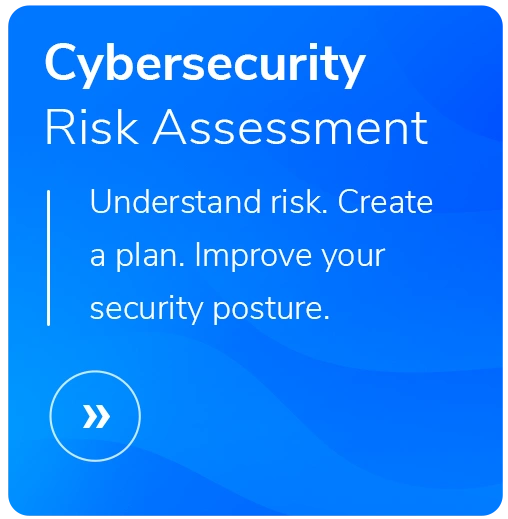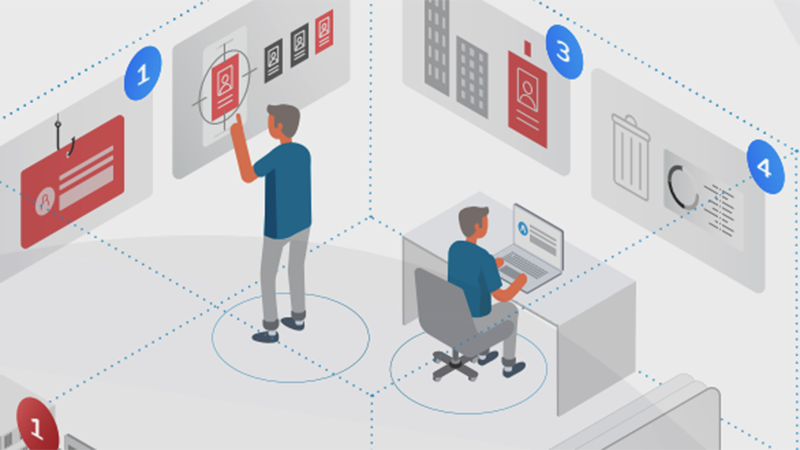What Is Penetration Testing? A Complete Guide for IT Leaders
- HBS Penetration Testing Team
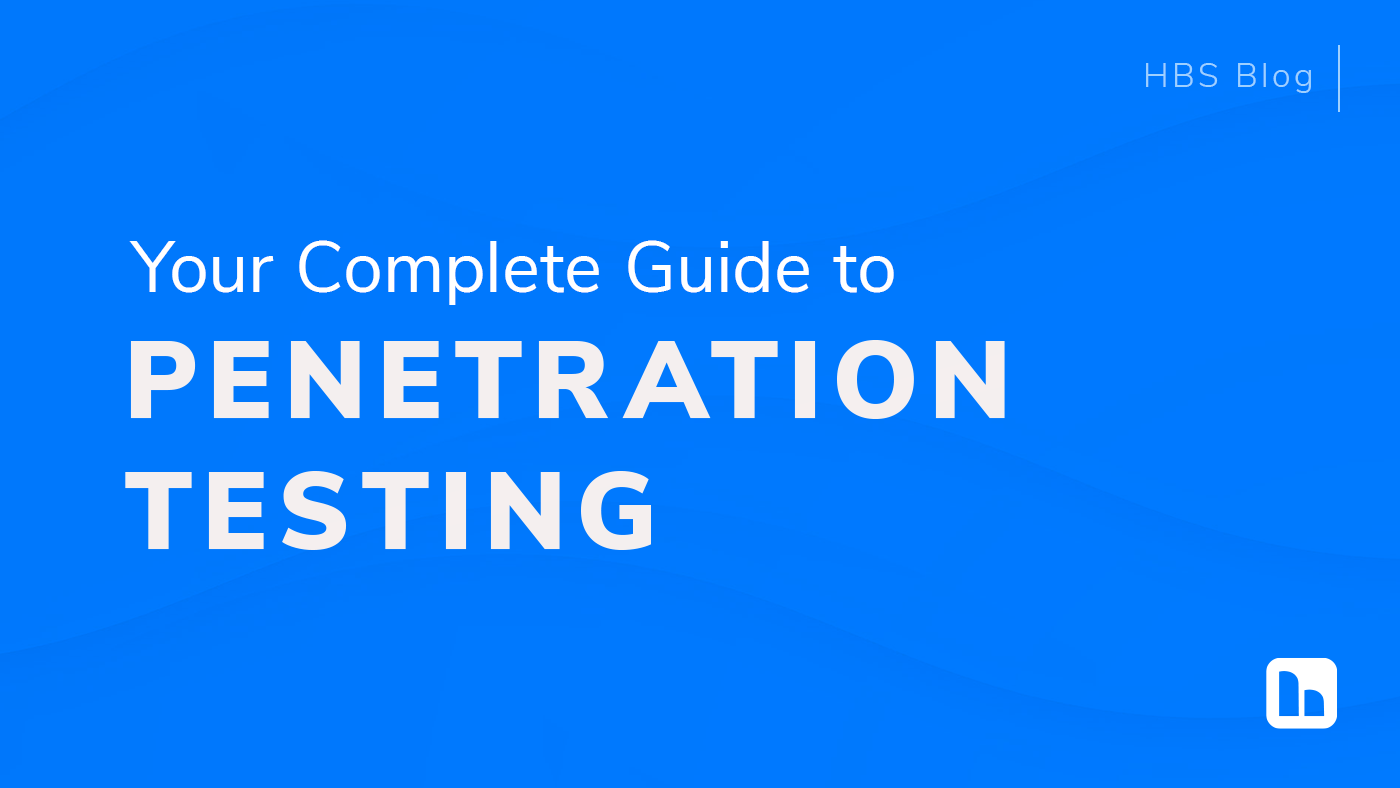
You don’t wait for a fire to test the sprinklers. The same logic applies to cybersecurity.
Penetration testing—also called a pen test—is a controlled, deliberate, real-world attempt to break into your environment before a real attacker does. It’s a cyber defense dress rehearsal so to speak.
During a pen test, a skilled penetration tester probes your systems, people, and processes using the same techniques attackers use. Phishing emails. Firewall bypasses. Cloud misconfigurations. Physical access tricks. It’s all fair game.
The goal is simple: show what happens if someone actually succeeds. How far could they get? What data would be exposed? How long would it go unnoticed?
Penetration testing turns hypothetical risks into clear evidence you can act on.
For CISOs, IT leaders, and business decision-makers, penetration testing provides clarity. It answers critical questions:
- Are our security controls working the way we need them to?
- Can we detect and stop an attack in progress?
- Where are we most exposed right now?
At HBS, we’ve run pen tests across every sector—healthcare, education, finance, manufacturing, and beyond. We’ve seen the overlooked misconfigurations. We’ve cracked supposedly strong passwords. We’ve watched social engineering tear through an otherwise locked-down environment.
Penetration testing isn’t just for compliance or checkbox security. It’s a real simulation with real consequences—and real opportunities to improve.
In this guide, we’ll break down the types of penetration testing, how a test works, which tools matter, and what you gain from doing it right.
Let’s begin with the basics: What is penetration testing?
In This Guide
What Is Penetration Testing—And What It Isn’t

Penetration testing often gets lumped in with other security assessments. Vulnerability scans. Risk assessments. Compliance audits.
However, penetration testing is different. It simulates a real attack. It shows you what happens after a vulnerability or misconfiguration is discovered—when someone exploits it, moves through your systems, and looks for a way to cause damage.
Penetration testing is designed to answer one simple question:
What happens if someone actually tries to break in?
Not theoretically. Not hypothetically. Actually. Because knowing you have a weakness is helpful. But knowing how that weakness could be used against you? That’s what makes it actionable.
Pen Testing vs. Vulnerability Scanning
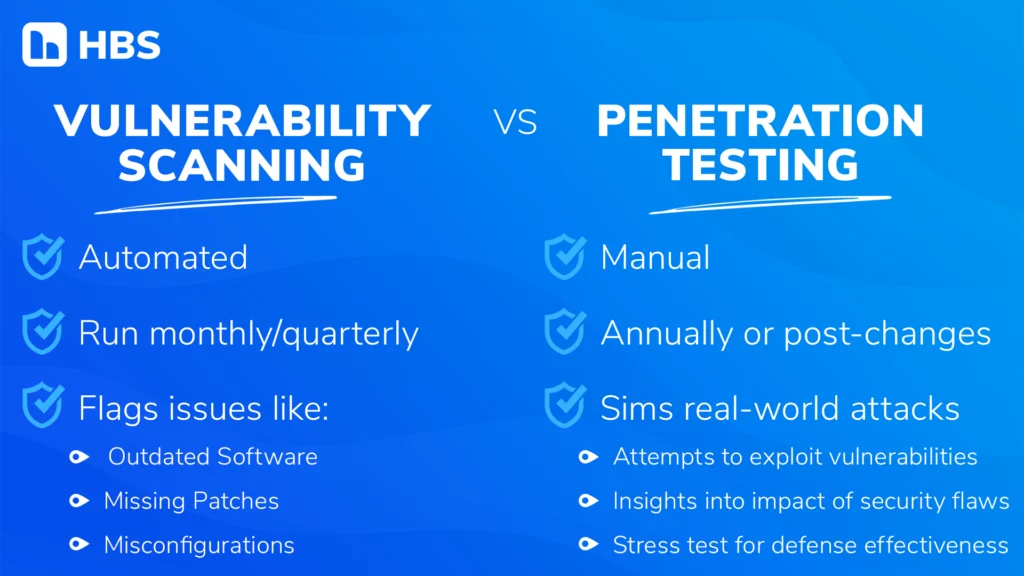
Let’s clear up one of the biggest misconceptions right away.
Vulnerability scans search for known risks: outdated software, missing patches and the like. You’ll get a report back with a list of what’s wrong.
Useful? Absolutely. But limited in scope.
A pen test is hands-on. It’s human-driven. It looks beyond the obvious to uncover the risks hiding in plain sight—the ones that require creativity, patience, or just a little bit of luck to find.
Where a vulnerability scan rattles doorknobs, a pen tester picks the lock. Or finds a key you didn’t know you lost.
Automation tells you what might be vulnerable. A pen test proves what is.
Want a deeper dive?
We have an article devoted entirely to the differences between pen testing and vulnerability scanning—and why both are critical pieces of a security puzzle.
The Role of Penetration Testers
Most IT security personnel think like defenders. Pen testers think like threat actors.
Threat actors don’t follow security roadmaps. They ignore org charts. They aren’t limited by what’s “supposed” to be possible.
That’s what makes a penetration tester so valuable. They use the same tools and techniques as real cybercriminals, but their goal is to help you get ahead of a breach, not suffer one.
Penetration testers look for the path of least resistance, connecting the dots of small security mistakes can lead to major consequences.
That’s often how real breaches happen.
One weak password might not matter.
One exposed file might seem harmless.
One outdated web app might fly under the radar.
But a skilled attacker can put those pieces together.
And in a pen test, so will we.
A great pen tester breaks in and shows you how and why it happened. They help you understand the gaps in your defenses, so you can close them before someone else finds them.
Manual Testing vs. Automated Pen Testing
The cybersecurity industry loves its tools. And for good reason—they speed up recovery, catch many common vulnerabilities, and provide a foundation for testing.
We use them, too. At HBS, we use trusted tools to catch a wide net and identify known issues quickly.
But no tool can match the creativity of a determined human attacker.
Real breaches don’t follow checklists. They don’t respect scanning schedules. And they don’t stop at a report.
Manual testing is where good pen testers separate themselves from machines.
It’s where creativity, experience, and intuition take over.
Could this internal tool be abused for privilege escalation?
Is this forgotten subdomain still pointing to sensitive data?
Can this process be tricked into leaking credentials?
Automated tools don’t ask those questions. People do.
That’s why some industries—think healthcare, finance, and government—specifically require manual penetration testing for compliance.
Tools are fast. People are smart. You need both.
What’s In a Penetration Testing Report?

Penetration testing shouldn’t overwhelm you with noise—rather, it should give you clarity.
The final report tells a story:
- How we got in and how it was done
- What we did once inside
- What systems and data were exposed
That’s the kind of information CISOs, security teams, and IT leaders need to make smart, targeted improvements.
A quality pen test delivers three things:
- Proof of Exposure
This is where the rubber meets the road. It’s one thing to know you have an outdated firewall. It’s another to see that firewall bypassed and your internal data exposed. - Actionable Roadmap
Every finding comes with prioritized recommendations—based on actual risk. No fluff. No guesswork. Just clear next steps. - Confidence in Your Defenses
Penetration testing validates what’s working and shows you where to focus improvement efforts.
No test catches everything. But a well-scoped penetration test uncovers the most important risks facing you today—and gives you a path to fix them.
Of course, not every pen test looks the same. Attackers don’t follow a script, and neither do pentesters.
The tactics, tools, and approach all depend on one thing: where the attack begins.
Pen testing is often broken down by access vector, i.e. the different ways someone could come after your organization.
- Your network and infrastructure
- Your web applications
- Your wireless environment
- Your people and physical space
Understanding these entry points is where smart security starts.
Types of Penetration Testing
Attackers think about one thing, and one thing only—access. They don’t think in terms of IT silos. They don’t care about job titles or department boundaries.
Penetration testing is designed the same way. It is focused on how a real attacker would approach your environment:
- From the outside in
- Move within the inside
- Through your people
- Through your technology
The Different Types of Penetration Testing
It only takes a few seconds to trigger a chain of events that could be detrimental to your organization. This infographic breaks down how one click could quickly turn into thousands of dollars.
Network & Infrastructure Penetration Testing
Most attacks start with the network. It’s the front door of your environment—and often the first thing a threat actor tests.
This is usually the most foundational type of pen testing because your network touches everything. It connects users, systems, applications, and data.
In pen testing, we break this down into two key scenarios:
- External Penetration Testing: Attacks from a public point of view
- Internal Penetration Testing: Assumes an attacker has already gotten inside
Both are critical. Both tell you something different about your risk. Together, they give you a full picture of your exposure.
External Penetration Testing
External testing focuses on the systems and services you’ve intentionally exposed to the internet. These are things like:
- Firewalls
- VPN gateways
- Web servers
- Remote access portals
- Cloud environments
An external pen test simulates a remote attacker with zero inside access—the kind of threat most organizations think about first when they picture a “cyberattack.”
We look for:
- Unpatched vulnerabilities
- Weak or misconfigured authentication
- Exposed services and open ports
- Forgotten or mismanaged assets
Internal Penetration Testing

Internal testing assumes someone is already inside your environment. Maybe they got in through a phishing email, a stolen device, or an insecure vendor connection.
This is the scenario most real-world breaches lead to—evaluating how far an intruder could go once inside.
We look for:
- Lateral movement paths (moving from one system to another)
- Privilege escalation opportunities (turning a low-level user into a domain admin)
- Poor network segmentation (flat networks are attacker-friendly)
- Sensitive data exposure (file shares, databases, internal apps)
Many breaches follow a similar pattern. They start with a single foothold and grow from there. Internal testing shows how much damage could follow if that first step goes undetected.
Why You Need Both Internal and External Penetration Tests
External and internal testing go hand-in-hand.
External tests show how strong—or not—your perimeter is. Internal tests show how far someone could go if that perimeter fails.
You need both to fully understand your risk.
Want a deeper breakdown of internal vs. external penetration testing?
We’ve written extensively about why both matter, how they work, and what kinds of risks they uncover.
Web Application Penetration Testing
Web applications are often the most visible—and most targeted—parts of your environment. Applications power portals, internal tools, e-commerce platforms, and cloud services. But with every new app or integration, your attack surface grows.
Web application testing focuses on uncovering:
- Weak or broken authentication
- Authorization issues that let users access what they shouldn’t
- Injection attacks (SQL, command injections, etc.)
- Cross-site scripting (XSS)
- Misconfigured or overly permissive APIs
- Unintended data exposure
We test against the OWASP Top 10—a global standard for web app risks—but we don’t stop there.
Modern attacks often involve chaining smaller weaknesses together in creative ways. Web app testing shows you what those paths look like in your environment.
Wireless Penetration Testing
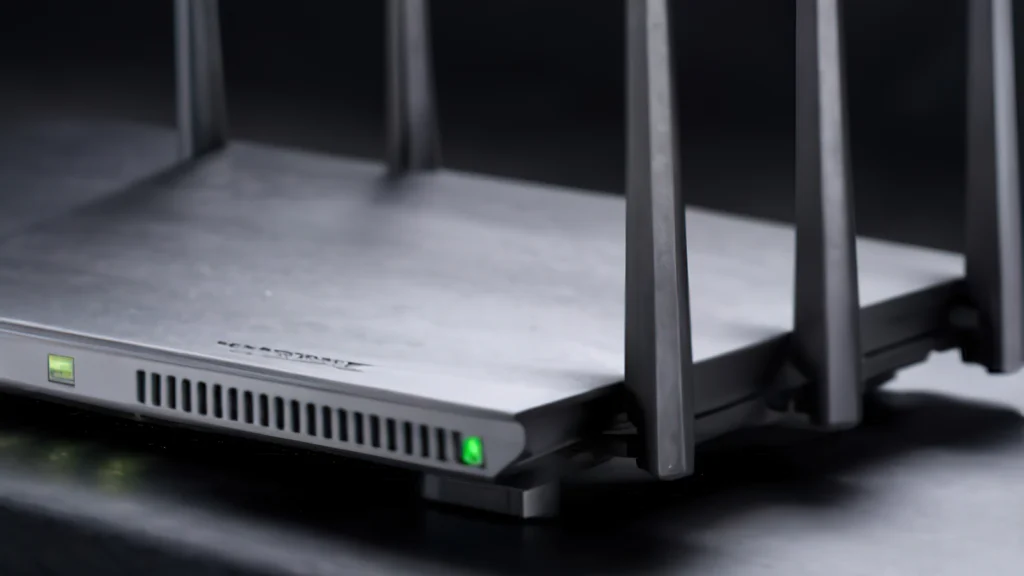
Wireless networks offer easy access for users and for attackers.
Attackers can operate from the parking lot, the coffee shop across the street, or even a passing vehicle.
Wireless pen testing looks for:
- Weak or outdated encryption
- Poorly secured guest networks
- Rogue access points
- Credential harvesting through fake networks
- Inadequate segmentation between wireless and wired networks
Wireless networks prioritize speed and convenience. Attackers exploit both.
Social Engineering Penetration Testing
The biggest cybersecurity risk isn’t always technical. Human errors remain a top cause in breaches.
Social engineering penetration testing targets your people, not just your systems. Because no firewall or email security tool can stop a well-crafted phishing email or a convincing phone call.
These tests simulate common tactics attackers use to manipulate employees into giving up access:
- Phishing emails written to lure users into providing credentials that can be captured
- Vishing (voice phishing) calls impersonating trusted personnel or trusted vendors into bypassing protocols and provide sensitive information, such as account information, passwords, or visit malicious sites that could provide access to their device
In some cases, social engineering extends into the physical world.
With the right scope and approval, testers may attempt:
- Following employees through secure doors (tailgating)
- Cloning access badges
- Planting rogue devices inside your building
- Accessing unattended, unlocked systems
Physical security and cybersecurity are inseparable. A strong security front means nothing if your physical security allows someone to walk into your location or sensitive access areas unchallenged.
Up next, we’ll walk through what really happens during a penetration test—so you know what to expect when you go through a pen test.
Penetration Testing Methodology

If you’ve never gone through a pen test before, the idea of someone trying to break into your systems—on purpose—can feel a little strange.
Done right, it tests your technology, your defenses, your response readiness, and your ability to take action.
Here’s what to expect at each stage of a penetration test.
Step 1 | Scoping: Defining the Rules of Engagement
Every pen test begins with scoping. This is when expectations, limitations, and goals are clearly defined.
- Which systems, applications, locations, etc. are in scope?
- Are there any areas off limits?
- Will this test be conducted with authentication or without?
- When will testing occur—and how will we communicate throughout?
Scoping ensures the test is targeted, safe, and aligned with your objectives. It also minimizes disruption while maximizing the insight you’ll gain.
Step 2 | Kickoff
Step 3 | Recon: The Attack Before the Attack
A good attacker doesn’t strike without a plan. They gather intel first. And so do penetration testers.
Reconnaissance is about understanding your environment from an outsider’s perspective before any hands-on testing starts. That includes:
- Domain name and IP enumeration
- Public records and metadata analysis
- Open-source intelligence (OSINT) gathering
- Social media scanning and employee’s online footprints
- Third-party services and exposed assets
You’d be surprised what attackers can learn without touching a single system. Recon shows us where to aim.
Step 4 | Exploitation: Hacking Into the System
Once recon is complete, we shift to identifying vulnerabilities.
We start with tools: scanners, analyzers, and open-source platforms that quickly surface known issues.
But tools can only take use so far.
Human experience and expertise is what turns the raw intel into real insight. A seasoned pen tester knows what’s noise and what’s worth chasing. They see connections that automated platforms miss. They understand context.
A misconfigured server might not mean much to a scanner. To a human tester, it could be the key to deeper access.
Now the real test begins, and we attempt to break in.
But this isn’t reckless. It’s deliberate, controlled, and always within the boundaries set during scoping.
Exploitation involves taking the vulnerabilities we’ve identified and using them to:
- Bypass security controls
- Escalate user privileges
- Access sensitive files or systems
- Move laterally through the environment
- Evade detection
Everything we do is designed to simulate an actual attack without causing harm. The goal is simple: demonstrate real-world impact so you can fix issues before an attacker finds them.
Step 5 | Organizing Findings
Steps 6 & 7 | Reporting & Remediation: Delivering Answers, Not Just Alerts
A penetration test is only valuable if it leads to action. That’s why our final report goes beyond listing vulnerabilities. It gives you a full narrative.
- How we got in
- What we accessed
- What risks were exposed
- What controls worked—and what failed
You’ll also get prioritized, plain-language recommendations tailored to your environment—so your team knows exactly what to fix and where to start. No fluff. No filler. Just what you need to fix the gaps and improve your security posture.
And if you need help acting on those findings, our Virtual Security Engineers (vSEs) can step in.
From patching and configuration hardening to helping your team implement compensating controls, our vSEs work alongside you to turn insights into action—quickly and effectively.
Step 8 | Validation: Confirming the Work
The Human Element is Irreplaceable
The most dangerous attacks don’t always start with obvious flaws. They often begin with something small:
- A forgotten service
- A misnamed script
- A timing issue
Experienced testers follow instincts, spot subtle patterns, and dig deeper when something doesn’t look right—even if it technically passes a scan.
Tools can flag dozens of issues. But only a human can tell you which ones truly matter based on your business, your systems, and your data.
That context is everything. And it’s something only people bring to the table.
Real Penetration Testing Requires Real Penetration Thinking
In cybersecurity, the question isn’t just “What’s vulnerable?” It’s “What would an attacker do next?”
That’s what our testers are trained to answer. They identify problems and then simulate how those problems could be exploited, and what the ripple effects would be if left unaddressed.
It’s the difference between a pen test that adds noise—and one that actually moves your security forward.
Why Penetration Testing Matters

Security tools can tell you everything looks fine. Penetration testing proves whether that’s actually true.
When attackers strike, they don’t care what policies you’ve written or which boxes you’ve checked. They care about access. Misconfigurations. Weak links. And if you haven’t tested for those in a real-world way, you don’t truly know your risk.
That’s why penetration testing is more than a checkbox. It’s a smart way to reduce risk, improve resilience, and make informed decisions.
Improve Security Posture
Get a clearer picture of where you stand. Pen testing helps validate what’s working, expose what isn’t, and guide your next steps with confidence.
Meet Compliance Standards
Whether it’s HIPAA, PCI, CMMC, or NIST, many standards mandate regular testing. We help ensure you’ve got the evidence and documentation to back it up.
Strengthen Incident Response
Pen testing doesn’t tests your tech—and it tests your team. How they respond. What they catch. Where handoffs break down. These insights are critical for real-world readiness.
Risk Management in Plain Sight
Pen testing makes risk tangible. You’ll see exactly how an attacker could move through your environment, what data they’d reach, and what it would cost you if they did.
Testing delivers clarity, action steps, and confidence moving forward. But like any tool, it works best when you understand its purpose, and its limits.
Is Pen Testing Worth It? Penetration Testing Pros and Cons
It’s a Snapshot, Not a Streaming Feed
A pen test shows what an attacker could do based on your current environment. But things change—new users, new systems, new risks. That’s why testing should be part of an ongoing security strategy, not a once-a-year event.
It Won’t Find Everything
Tests are scoped and time-bound. They focus on the highest-impact risks within agreed parameters. Some vulnerabilities may fall outside that scope—or may not be exploitable during the test. That’s expected. Pen testing is one piece of a larger security puzzle.
The Goal Is Progress, Not Perfection
The goal isn’t to be breach-proof. It’s to improve. A good pen test helps you identify gaps, prioritize fixes, and build stronger defenses over time. You don’t have to solve everything at once—but you do need a plan.
Common Misconceptions
“If we pass, we’re secure.”
Pen testing doesn’t assign a pass/fail grade. The value is in the findings—and what you do with them.
“We already run vulnerability scans.”
Scanners are useful. But they don’t think like attackers. A pen test connects the dots scanners miss.
“A penetration test will disrupt our systems.”
A well-scoped and professionally executed pen test is safe, controlled, and designed to avoid business disruption.
“We’ll fix everything before the test.”
That’s tempting—but it misses the point. Penetration testing works best when it reflects real-world conditions.
Penetration Testing: Revealing Real Risks

Security isn’t built on assumptions. It’s built on testing—real testing, in real conditions, before a real attacker finds the cracks.
That’s what good penetration testing delivers.
- It exposes risk while there’s still time to fix it.
- It cuts through assumptions and shows you what matters.
- And it brings clarity to the question every organization should be asking: Are we actually prepared?
Penetration testing gives you visibility no scan or checklist can match. It uncovers hidden vulnerabilities, strengthens response efforts, and supports compliance with real-world proof.
But its real power? Momentum.
The best tests don’t just identify problems. They help teams get better. They inform smart decisions, prioritize action, and drive measurable improvement.
At HBS, we believe in penetration testing with purpose: Clear scope. Experienced testers. Ethical execution. Actionable results.
We tailor every engagement to your goals—and support you from discovery through remediation.
Because strong security isn’t a one-time win. It’s a constant effort to get better, smarter, and more resilient.
Don’t wait for a breach to show you where you’re vulnerable.
Start testing. Start improving. And move forward with confidence.
Related Content
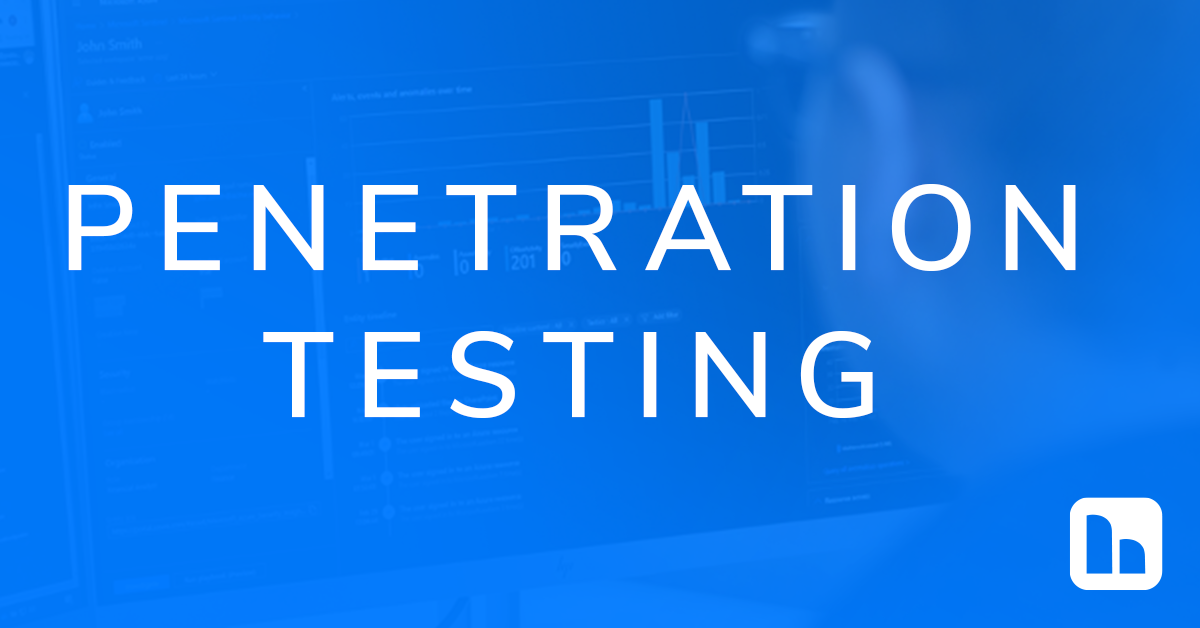
Penetration Testing
Uncover your security gaps with HBS Penetration Testing: Expert simulations to identify and fix vulnerabilities, stopping threats before they’re exploited.
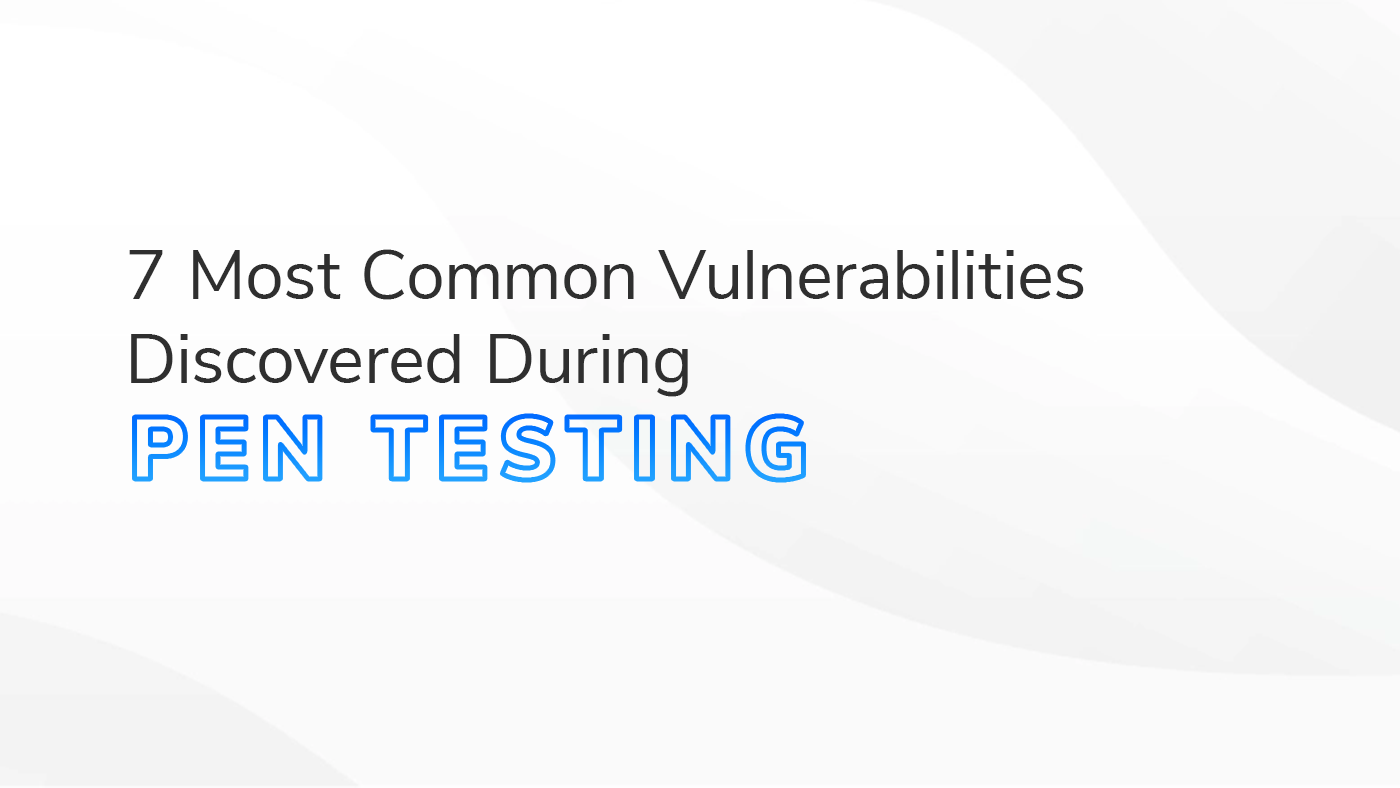
Most Common Vulnerabilities Uncovered During Penetration Testing
Read about the top vulnerabilities our HBS pen testers find during their work. Learn how to protect your business from common security threats.
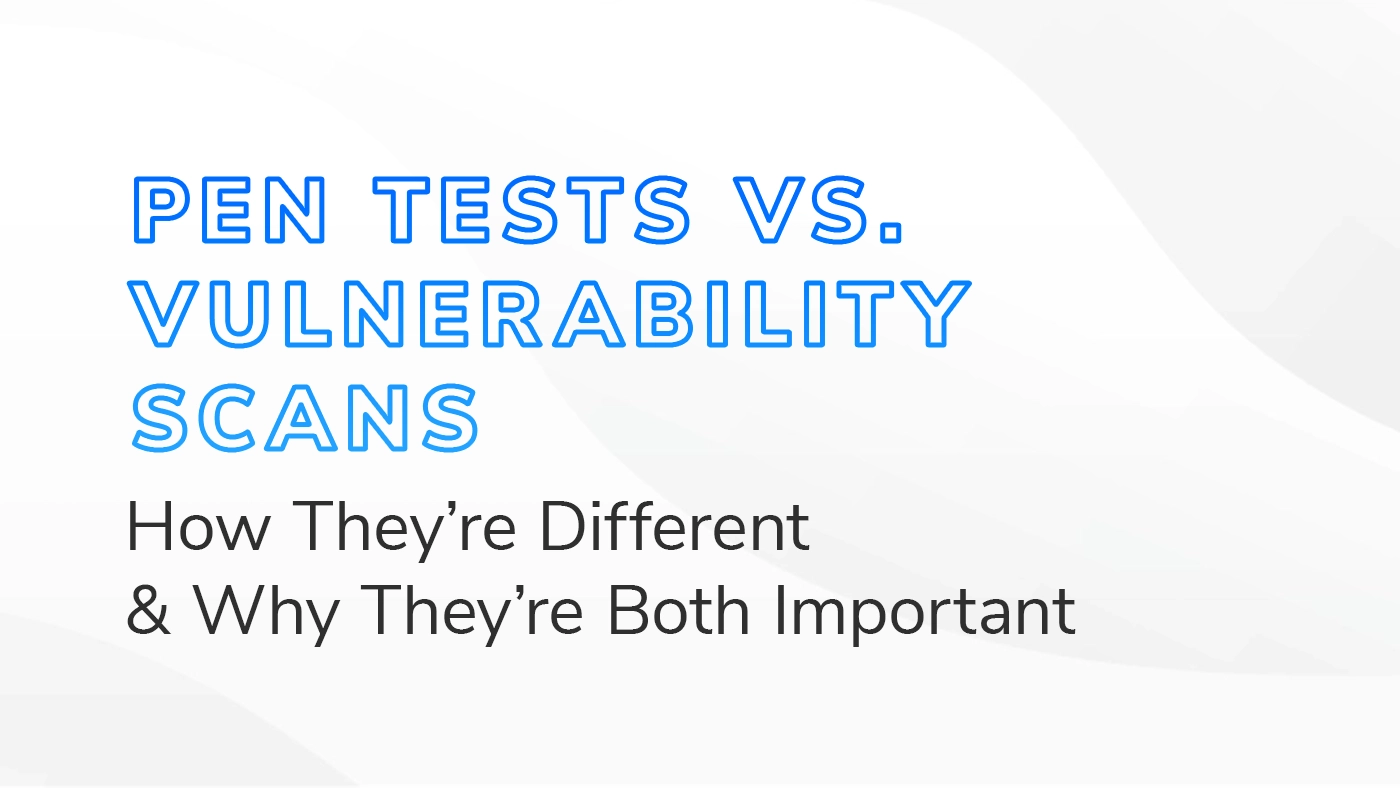
Penetration Testing vs Vulnerability Scanning
Penetration testing vs vulnerability scanning—both different, but essential for a strong cyber strategy. Regular scans and tests can safeguard your systems.





